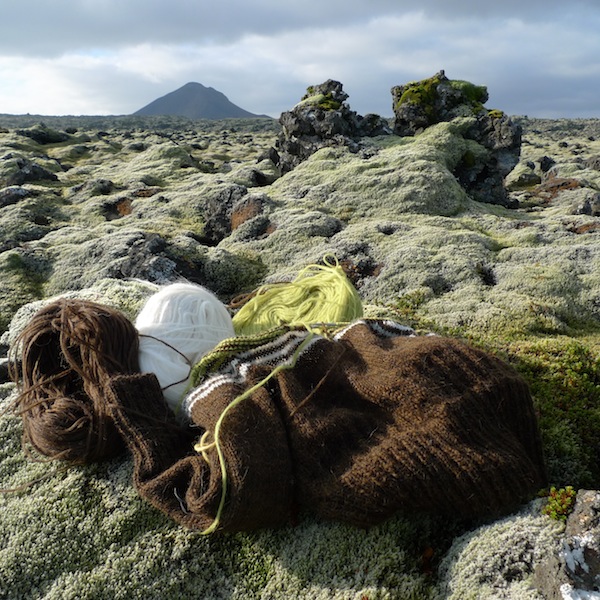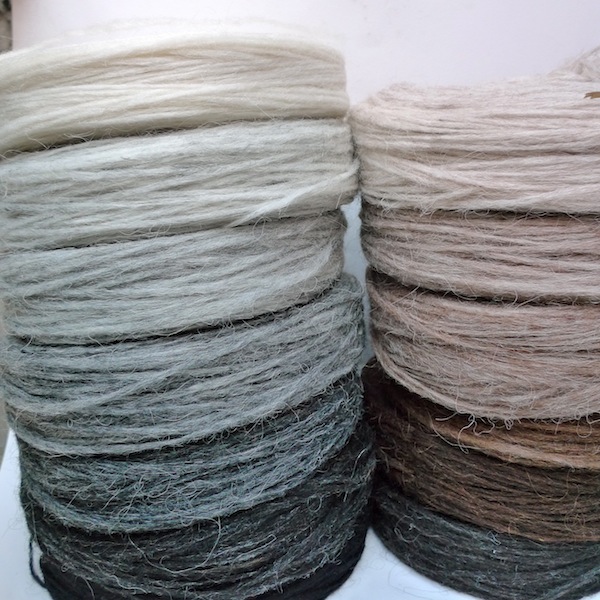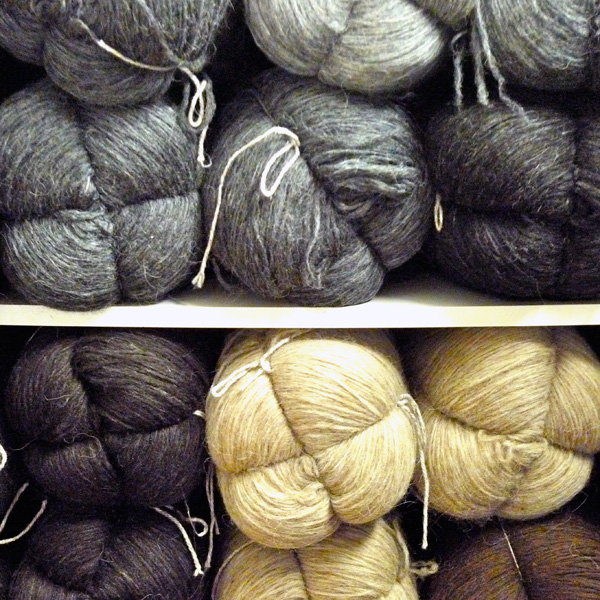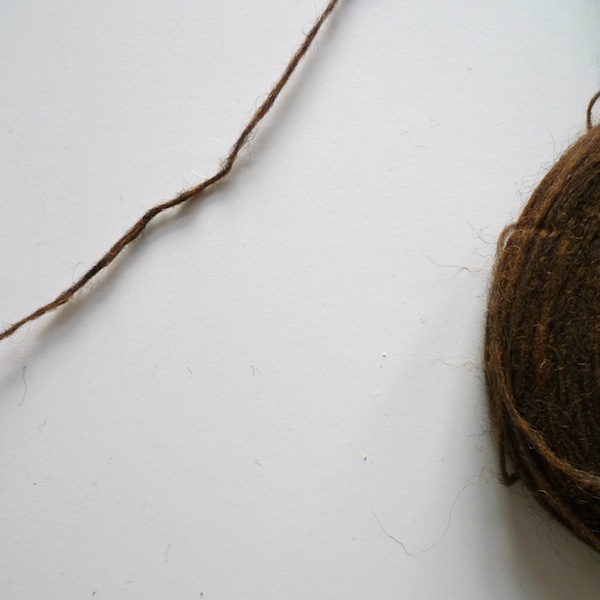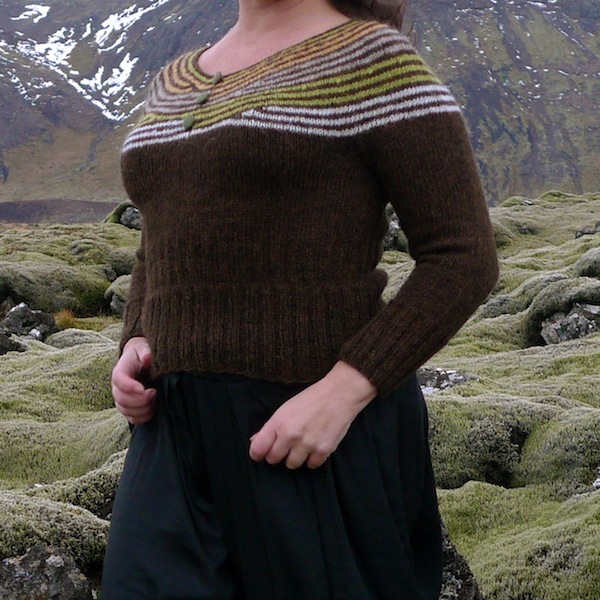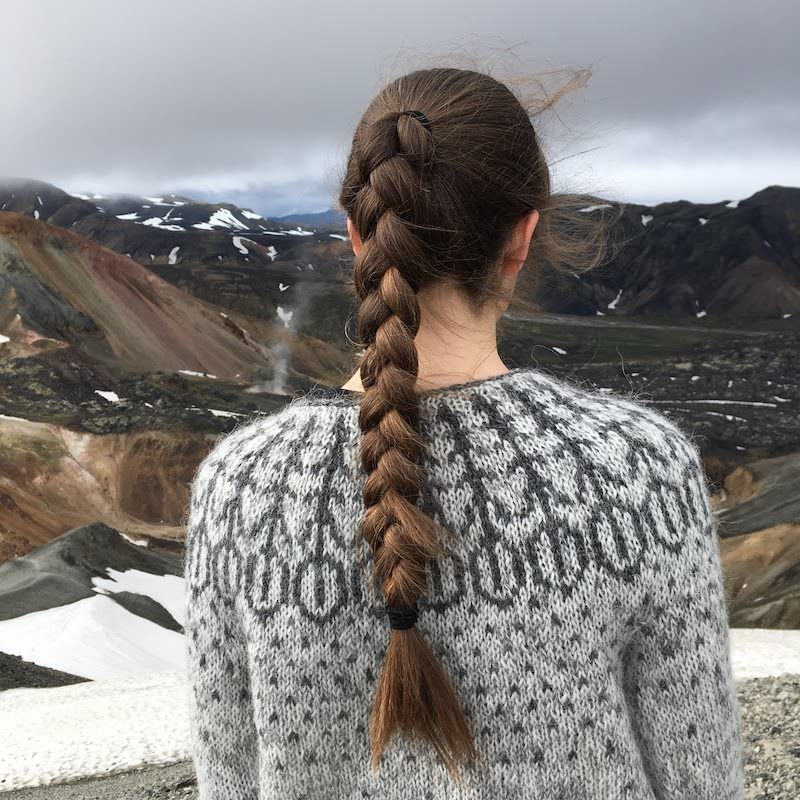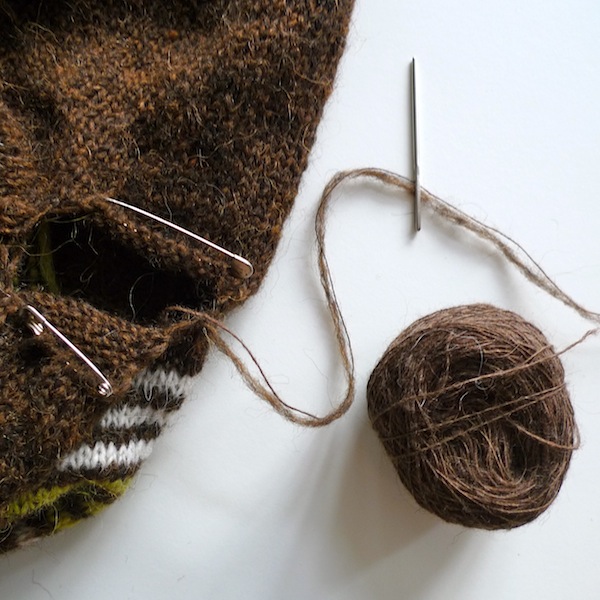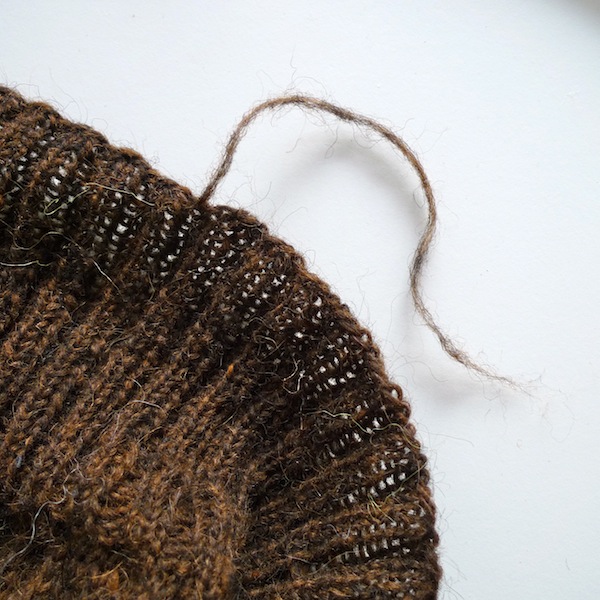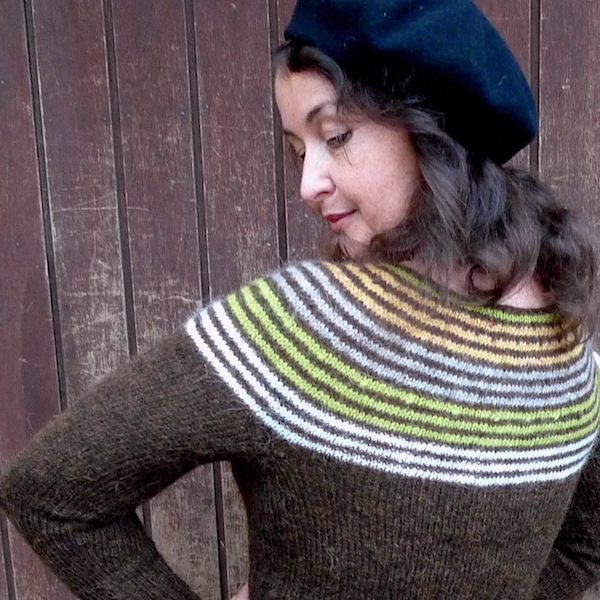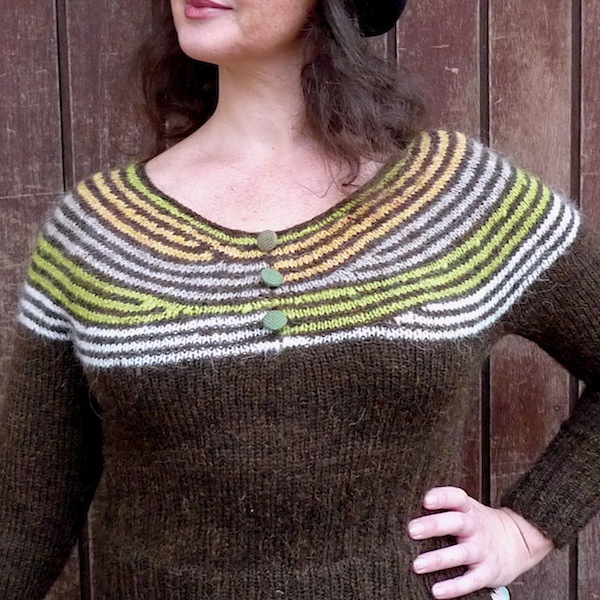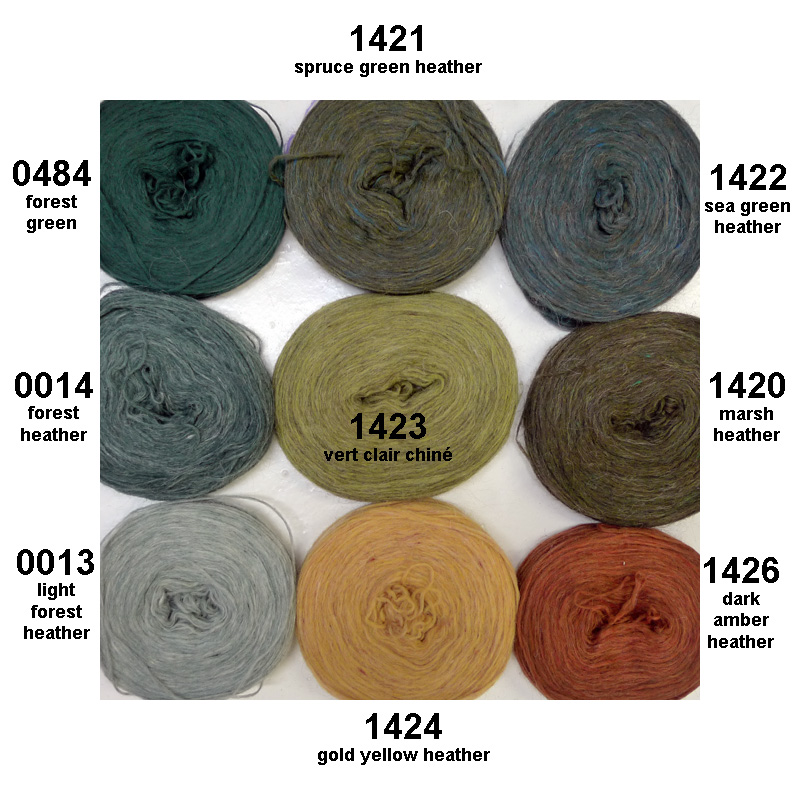Knitting tip & techniques
Knitting tips: working with unspun Plötulopi
For the last #bloggintuesday of the year, here are a few knitting tips to work with unspun lopi: enjoy and see you next year!
Lopi means roving band in Icelandic and the first attempts to knit directly with it without spinning it into a yarn first were made public in the 1920′s when Elín Guðmundsdóttir Snæhólm wrote in the magazine Hlín how she successfully knitted a scarf for her husband on her knitting machine. There are some evidence however that the unspun had been used before by knitters, but they were too ashamed to care to say! Knitting without taking the time to spin, lazy! The reason why it is possible to knit with unspun lopi is because of the Icelandic wool’s qualities: the short and soft þel hair (inner coat) cling together with the very long and coarse tog hair (outer coat). Once knitted, the tension points are distributed evenly on the stitches, the tog hair holding them all together.
Plötulopi is the unpsun lopi itself. It comes into “wheels”, “cakes” or “plates”, hence its name. The plates are made in a bundle of 18 together at the factory, with strand coming up from middle: the first plate has one strand and the last 18 strands. That is why you will often find “messy” bits of strands in the middle of the wheel: it’s normal, simply remove them.
Because it is unspun, it of course breaks very easily but it is just as easy to put it back together by simply laying the two ends together and rubbing them between your palms with a a bit of mouth water.
It is often knitted double for extra strength: the easiest way is to take one strand from the middle, and one strand from the outside of the wheel. Some women like to wind them into a ball first before knitting with it, to give it a “slight twist” (I don’t, I’m too “lazy” for that!). The Léttlopi is made of two strands of plötulopi that have already been slightly twisted in the factory.
It is quite possible however to knit with a single strand of lopi. Sometimes Icelandic knitters use a single strand of plötulopi where the pattern calls for two strands or Léttlopi: this makes much lighter garments but the gauge being quite loose, they will tend to wear out quickly at friction points (elbows, underarms, cuffs). Garments knitted at a tighter gauge, such as my Graine d’Hélène yoke sweater will much sturdier.
——
EDIT 2018: I’ve been successful at working the single lopi at an extremely loose gauge by holding it together with my very fine Love Story lace. It gives it strength and also all the softness of the Icelandic lamb and of course it is incredibly airy and light. My Frjókorn sweater is knitted this way at a very loose gauge, using a 7 mm/ US 10.75 needle.
——-
If you want to give it a go knitting with single lopi, here are a few tricks that will make life easier:
Reinforce the edges by using the single lopi together with a lace yarn when you cast on and you bind off.
Any type of sewing with plötulopi single is worthless: double it with a lace yarn. It also works when grafting the underarms.
Make sure to darn in the ends right away so that they don’t tear apart while you are manipulating the garment as you knit.
Links:
- pattern Graine d’Hélène
- unspun plötulopi
- Léttlopi
- Love Story lace
- pattern Frjókorn
- #bloggingtuesday


